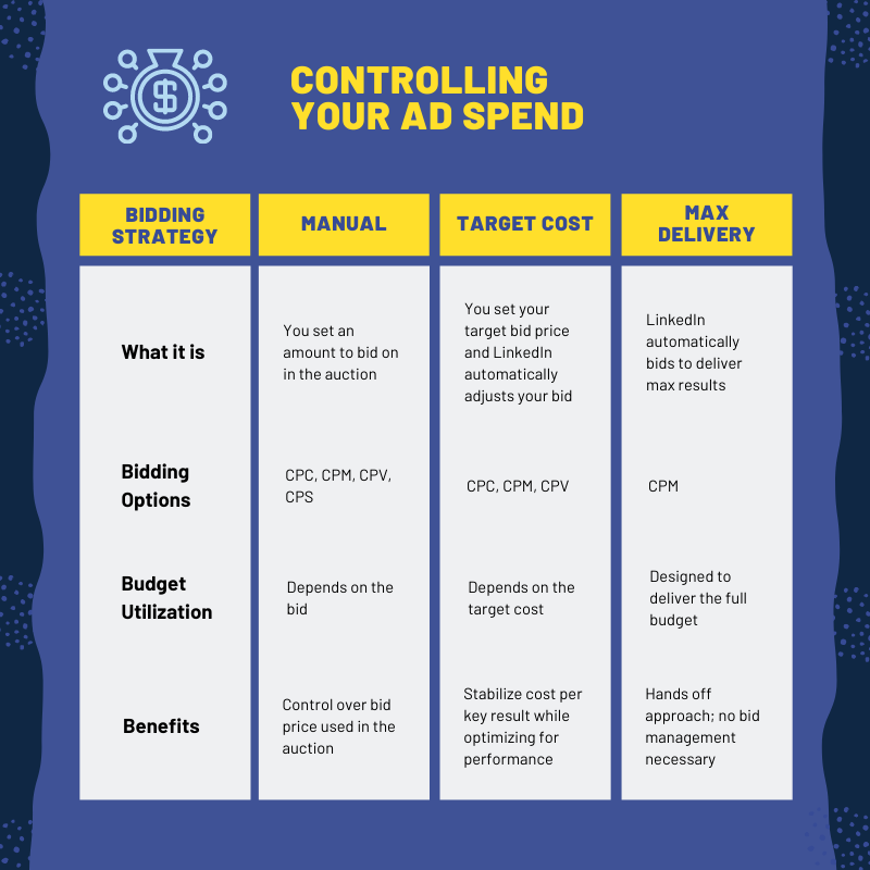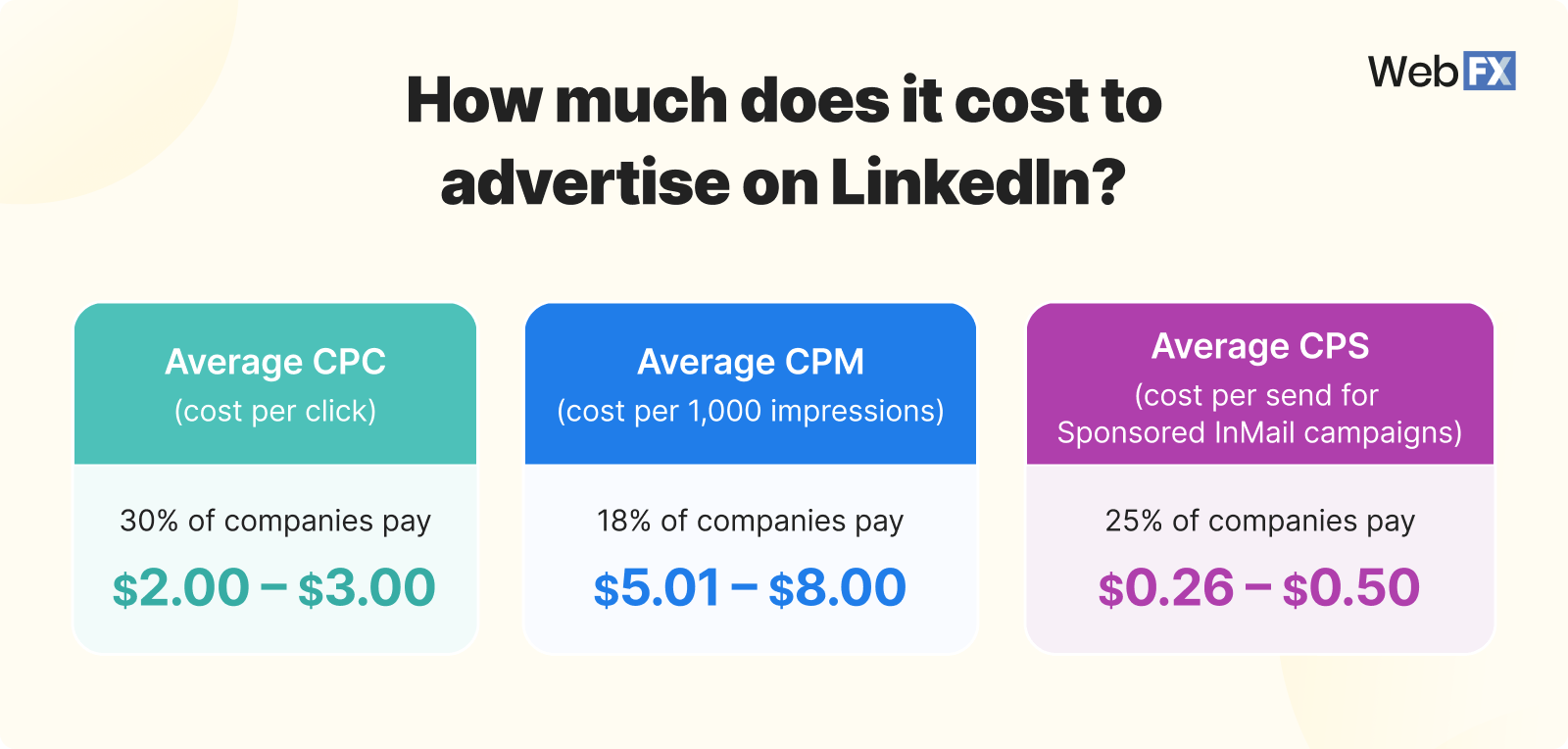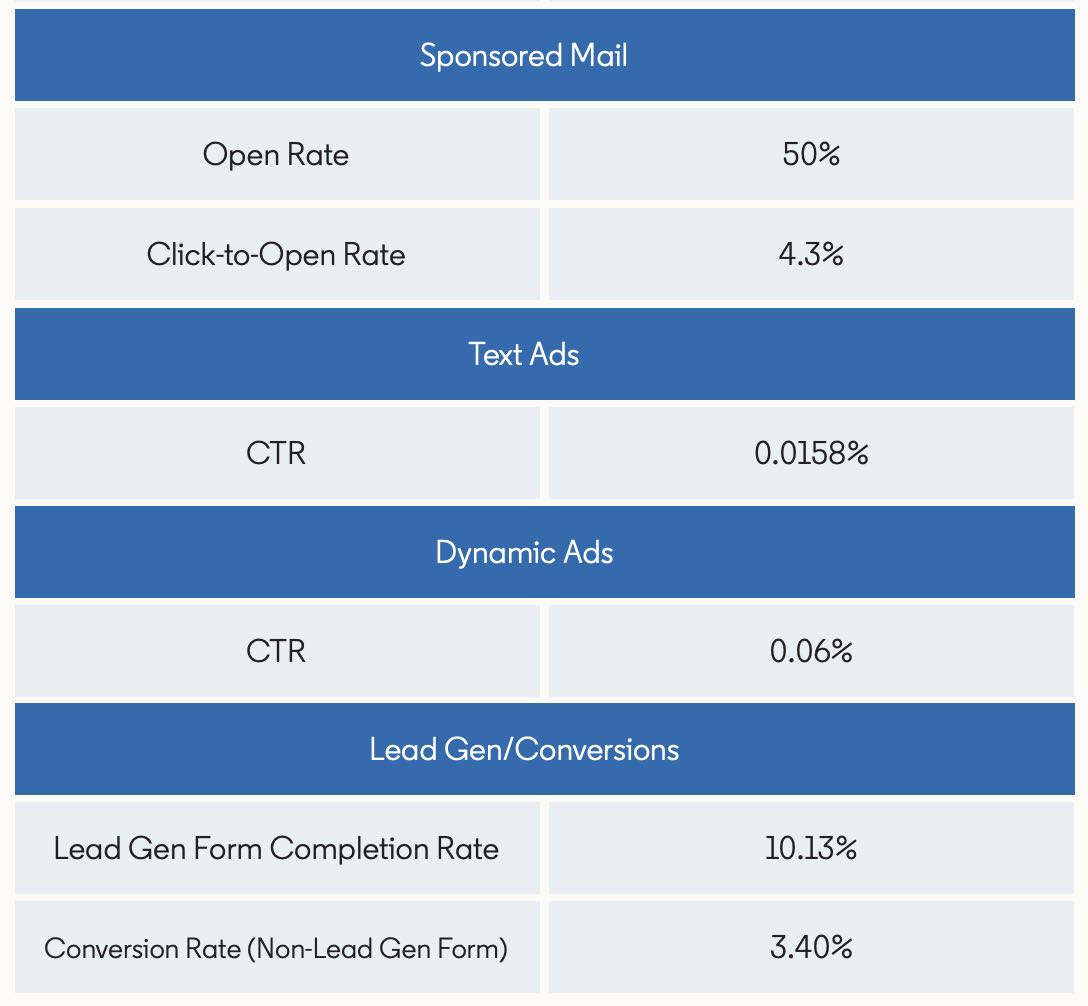LinkedIn Ads has become an essential tool for businesses looking to enhance their online presence and connect with a professional audience. As a platform designed primarily for networking and professional development, LinkedIn offers unique advertising options that cater specifically to business-oriented objectives. Whether you’re aiming to generate leads, increase brand awareness, or promote content,
With over 900 million professionals on the platform, marketers are increasingly drawn to LinkedIn’s ability to target a niche audience effectively. Not just limited to job seekers, LinkedIn users encompass a wide range of industries, making it a valuable venue for B2B marketing. However, as with any advertising strategy, understanding the cost associated is essential for making informed decisions. Let’s delve into the intricacies of
Understanding LinkedIn Ads Pricing

When it comes to advertising on LinkedIn, one of the first questions that come up is, “How much will it cost?” Understanding LinkedIn Ads pricing can seem complex at first, but it mainly revolves around a common formula: cost-per-click (CPC) and cost-per-impression (CPM). Let’s break these down further:
| Pricing Model | Description |
|---|---|
| Cost-Per-Click (CPC) | You pay each time someone clicks on your ad. This model is excellent for driving traffic to your website or landing page. |
| Cost-Per-Impression (CPM) | You pay based on how many times your ad is shown (impressions), ideal for brand awareness campaigns. |
| Cost-Per-Lead (CPL) | For those focused on lead generation, this model lets you pay for leads captured through your ads. |
Now, what about pricing ranges? On average, LinkedIn Ads tend to cost more than other social media platforms, with CPC typically ranging from $2 to $7 or higher, depending on your industry and competition. CPM rates can start from around $6 to $30 or more, varying by ad targeting and audience specifics.
Despite higher costs, the value LinkedIn Ads can provide often justifies the expense. It's crucial to remember that quality targeting can lead to a higher return on investment (ROI), helping to convert leads that are more likely to engage with your business. Plus, the platform’s analytics tools allow for tracking and tweaking your ads for optimal performance.
Types of LinkedIn Ad Formats

When it comes to advertising on LinkedIn, understanding the different ad formats is crucial for creating effective campaigns. LinkedIn offers several ad types, each designed with specific goals in mind. Here’s a breakdown of the most popular formats:
- Sponsored Content: This is one of the most commonly used ad formats. Sponsored content appears natively within the LinkedIn feed and looks like regular posts. They can contain images, videos, or carousel images and are great for increasing brand visibility and engagement.
- Text Ads: These are concise, simple ads that include a catchy headline, a small image, and a brief description. They appear in the sidebar of LinkedIn, making them easy to spot while users scroll through their feeds. They usually aim for higher click-through rates.
- Sponsored InMail: This format allows advertisers to send personalized messages directly to LinkedIn users’ inboxes. It’s a great way to engage prospects with relevant offers or content, fostering a more personal connection.
- Video Ads: Engaging video content can have a lasting impact, and LinkedIn enables brands to leverage this through video ads. These ads can appear in the feed or as sponsored content, making them appealing for storytelling and brand awareness.
- Dynamic Ads: These are personalized ads that adapt to user profiles by displaying their profile photos. Dynamic ads can be used to promote your company’s page, products, or any special events and offers. They stand out because of their customization.
Each ad format serves a unique purpose, so choosing the right one for your campaign can make all the difference in achieving your marketing objectives.
Factors Influencing LinkedIn Ads Cost

When planning your LinkedIn advertising strategy, understanding the factors that influence ad costs can help you allocate your budget wisely. Here are some key elements to consider:
- Target Audience: The more specific and niche your target audience is, the higher the cost may be. Premium sectors like technology or finance typically have a higher CPM (cost per thousand impressions) compared to broader audiences.
- Bidding Strategy: LinkedIn allows you to choose between automated bidding and manual bidding. Automated bidding tends to be more cost-effective but may not always prioritize your ad placements. Manual bidding gives you more control but requires careful monitoring to avoid overspending.
- Ad Format: Different ad formats have varied costs. For instance, sponsored content may come at a different price compared to sponsored InMail or text ads. Understanding the value of each format in relation to your goals is essential.
- Campaign Objectives: Whether you're aiming to generate leads, increase brand awareness, or drive website traffic can impact costs. Campaigns focused on lead generation often require a larger budget due to more strategic targeting techniques.
- Competition: Just like in any marketplace, the competition for ad space can drive up costs. If many advertisers are vying for the same target audience, you may need to pay a premium to get noticed.
- Ad Quality and Relevance: Higher quality and relevant ads tend to perform better, which can lead to lower costs. LinkedIn rewards engaging and well-targeted ads with better placements and lower costs.
By keeping these factors in mind, you can tailor your LinkedIn advertising strategy to maximize your return on investment while maintaining control over your budget.
Calculating Return on Investment for LinkedIn Ads
When it comes to measuring the success of your LinkedIn advertising campaigns, calculating the Return on Investment (ROI) is crucial. Essentially, ROI helps you understand how much value you’re getting for the dollars you’re spending. But how do we break it down in simple terms?
To calculate ROI for LinkedIn Ads, you can use the following formula:
ROI = (Net Profit / Cost of Investment) x 100
Let’s break this down:
- Net Profit: This is your total revenue generated from LinkedIn campaigns, minus any costs associated with the campaign.
- Cost of Investment: This includes all expenses related to your LinkedIn Ads, such as ad spend, creative production costs, and even your time.
For instance, if you spent $1,000 on LinkedIn ads and generated $5,000 in sales, your net profit would be $4,000. Plugging this into the formula:
| Metric | Value |
|---|---|
| Net Profit | $4,000 |
| Cost of Investment | $1,000 |
| ROI | (4000 / 1000) x 100 = 400% |
So in this case, you’d have a stunning ROI of 400%! Knowing your ROI is not just important for your finances; it helps inform future ad strategies. Remember, a higher ROI suggests your ads are effective and could warrant a larger budget, while a low ROI might necessitate a rethink of your approach.
Pros and Cons of Using LinkedIn Ads
Like any advertising platform, LinkedIn Ads come with their unique sets of advantages and disadvantages. To really make an informed decision, it’s always good to weigh these pros and cons before diving in.
Pros:
- Targeted Audience: LinkedIn allows for highly specific targeting based on factors like job title, industry, and company size, which is fantastic for B2B marketing.
- Professional Environment: Users on LinkedIn are in a more professional mindset, increasing the chances that they’ll seriously consider your offerings.
- High Engagement Rates: Ads on LinkedIn often result in higher engagement rates compared to other platforms, owing to the business nature of the network.
- Varied Ad Formats: From Sponsored Content to Text Ads and InMail, LinkedIn offers various formats that cater to different marketing strategies.
Cons:
- Cost: LinkedIn Ads tend to be more expensive than other social media platforms, which might be a hurdle for smaller businesses with limited budgets.
- Learning Curve: For those new to digital advertising, navigating LinkedIn Ads can be a bit tricky and requires a learning curve.
- Less Social Interaction: Unlike platforms like Facebook or Instagram, the social aspect is less pronounced, which can sometimes limit organic engagement.
- Limited Audience: If your target market is primarily B2C rather than B2B, LinkedIn might not be the best fit for your advertising efforts.
Overall, while LinkedIn Ads can be incredibly effective for targeting professionals and businesses, they might not be the right fit for everyone. Evaluate your business goals, target audience, and budget to make the best call.
The Cost of LinkedIn Ads and Their Value
LinkedIn Ads have become increasingly popular for businesses looking to reach a professional audience. However, understanding their cost and potential value is crucial for effective marketing strategies. Below, we break down the key aspects of LinkedIn advertising costs and their corresponding value.
Cost Structure of LinkedIn Ads
LinkedIn Ads primarily operate on a bidding system, which involves a few different pricing models:
- Cost per Click (CPC): You pay for each click on your ad. This can range from $2 to $10 or more, depending on your targeting options.
- Cost per Impression (CPM): You pay for every 1,000 times your ad is displayed. Typically, CPM rates vary from $6 to $15.
- Cost per Send (CPS): This is specifically for sponsored InMail campaigns, where you pay for every message sent. Prices usually range from $0.50 to $1.00 per send.
Factors Influencing Costs
The cost of LinkedIn Ads can fluctuate based on several factors:
| Factor | Impact on Cost |
|---|---|
| Target Audience | More niche audiences may have higher CPC rates. |
| Ad Placement | Costs vary between feed ads, InMail, and sidebar ads. |
| Seasonality | Ad costs can rise during peak advertising seasons. |
Value of LinkedIn Ads
When considering the value of LinkedIn Ads, businesses often focus on several key benefits:
- Highly Targeted Audience: LinkedIn allows for granular targeting based on industry, job title, and skills.
- Increased Brand Awareness: Large impression counts can build visibility among decision-makers.
- Lead Generation: Many businesses report significant lead generation through LinkedIn Ads, making them a powerful tool for B2B marketing.
Conclusion: Are LinkedIn Ads Worth the Investment?
Ultimately, while LinkedIn Ads can be more expensive than other platforms, their ability to reach a highly professional and targeted audience often justifies the investment, particularly for businesses aiming to generate quality leads and enhance brand presence in a B2B environment.
 admin
admin








